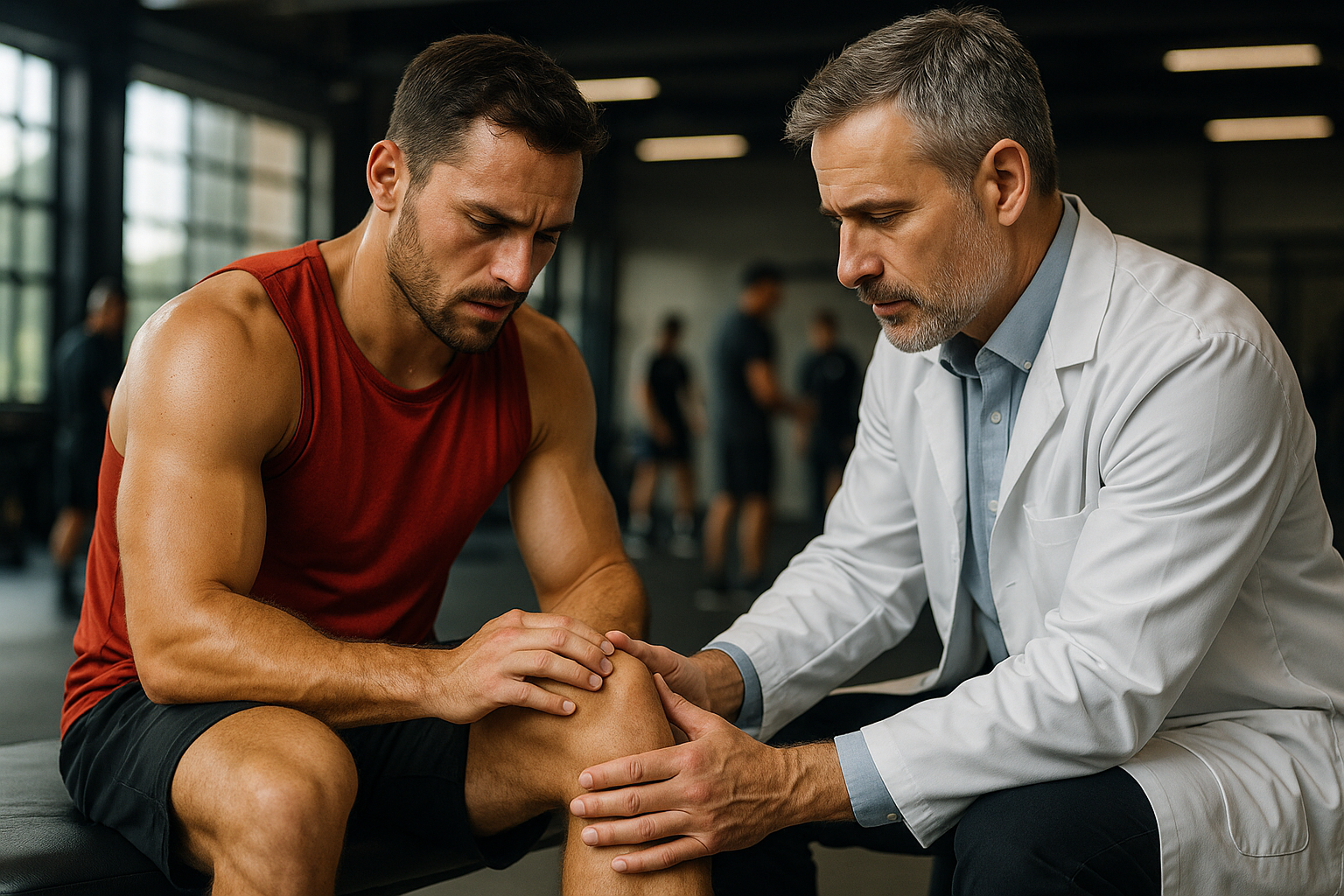Designing Inclusive Grassroots Development Programs
Inclusive grassroots development programs create pathways for broad participation, skill growth, and long-term engagement. Effective programs combine coaching, accessible facilities, progressive training, and attention to recovery and wellbeing to support diverse participants and foster sustainable community development.

Inclusive grassroots development programs thrive when they balance technical coaching with wellbeing and accessibility. Programs should begin with clear objectives that prioritize participation, safety, and progression, ensuring that talent identification and long-term athlete development sit alongside retention strategies. Attention to load, recovery, nutrition, and psychological support helps reduce injury risk and improves outcomes. Monitoring and analytics can guide decisions without excluding participants who lack advanced resources, and rehabilitation pathways need to be planned for those who sustain injuries.
How should recovery be structured?
Recovery is essential at grassroots levels to sustain participation and prevent injury. Structured recovery includes sleep education, scheduled rest days, active recovery sessions, and easy access to basic rehabilitation resources for common injuries. Coaches should teach athletes simple self-management techniques—mobility exercises, hydration routines, and pacing strategies—so participants learn to respect their limits. Recovery plans also need to be adaptable for different ages and training backgrounds, integrating psychology to support adherence and resilience after setbacks.
How to manage training load?
Training load must be progressive and individualized to avoid overload and drop-out. Use simple load metrics—session duration, perceived exertion, and frequency—to guide increases, and apply conservative progression rules for younger or newer participants. Conditioning sessions should emphasize movement quality and fundamental skills before intensity. Clear communication between coaches, athletes, and caregivers helps detect early signs of excessive load, and monitoring can flag trends that require load modification or medical review.
How can analytics aid monitoring?
Analytics at grassroots level should be practical and low-cost: attendance logs, basic performance tests, and subjective wellness questionnaires offer meaningful insight. These tools help identify talent trajectories, inform periodization decisions, and support injury prevention by tracking spikes in load or declines in recovery. Data literacy for coaches is important so analytics inform coaching rather than replace judgment. Emphasize confidentiality and transparency to maintain trust, and use analytics to improve inclusivity by identifying underserved groups in participation data.
How to use periodization and conditioning?
Periodization at community level can be simplified into macro and micro cycles that balance skill work, conditioning, and competitive phases. Conditioning should build foundational aerobic capacity, strength, and movement competency tailored to age and experience. Periodization must incorporate rest and deload weeks to protect recovery and accommodate school or work commitments. Integrating conditioning with sport-specific skill sessions reduces training time demands and preserves engagement, while progressive complexity supports talent development without premature specialization.
How does nutrition support development?
Nutrition underpins training adaptation, recovery, and injury rehabilitation. Basic nutrition education—hydration, balanced meals around training, and recovery snacks—can be delivered to participants and caregivers. Programs should consider accessibility and cultural preferences when advising on food. For injury or rehabilitation scenarios, coordinate with qualified providers to tailor intake for healing. Avoid prescriptive or restrictive messaging; instead, provide practical, evidence-based guidance that supports growth, conditioning, and long-term health.
How to approach coaching and talent development?
Coaching in inclusive grassroots programs focuses on skill development, positive psychology, and equitable opportunity. Coaches should be trained in fundamental pedagogy, basic injury recognition, load management, and how to use simple monitoring tools. Talent pathways should allow late developers and multi-sport participants to progress, reducing early exclusion from selection processes. Embedding mentorship, community outreach, and volunteer development strengthens coaching capacity and ensures that conditioning, rehabilitation, and psychological support are available across diverse participant groups.
Grassroots development that combines thoughtful periodization, accessible conditioning, practical nutrition advice, and measured use of analytics helps build resilient participants and sustainable pathways. Emphasizing recovery, monitoring, and rehabilitation alongside coaching and talent identification reduces injury risk and supports long-term engagement. Programs that center inclusivity—by removing barriers to participation, adapting load and training, and providing education to athletes and caregivers—create healthier, more vibrant communities worldwide.




